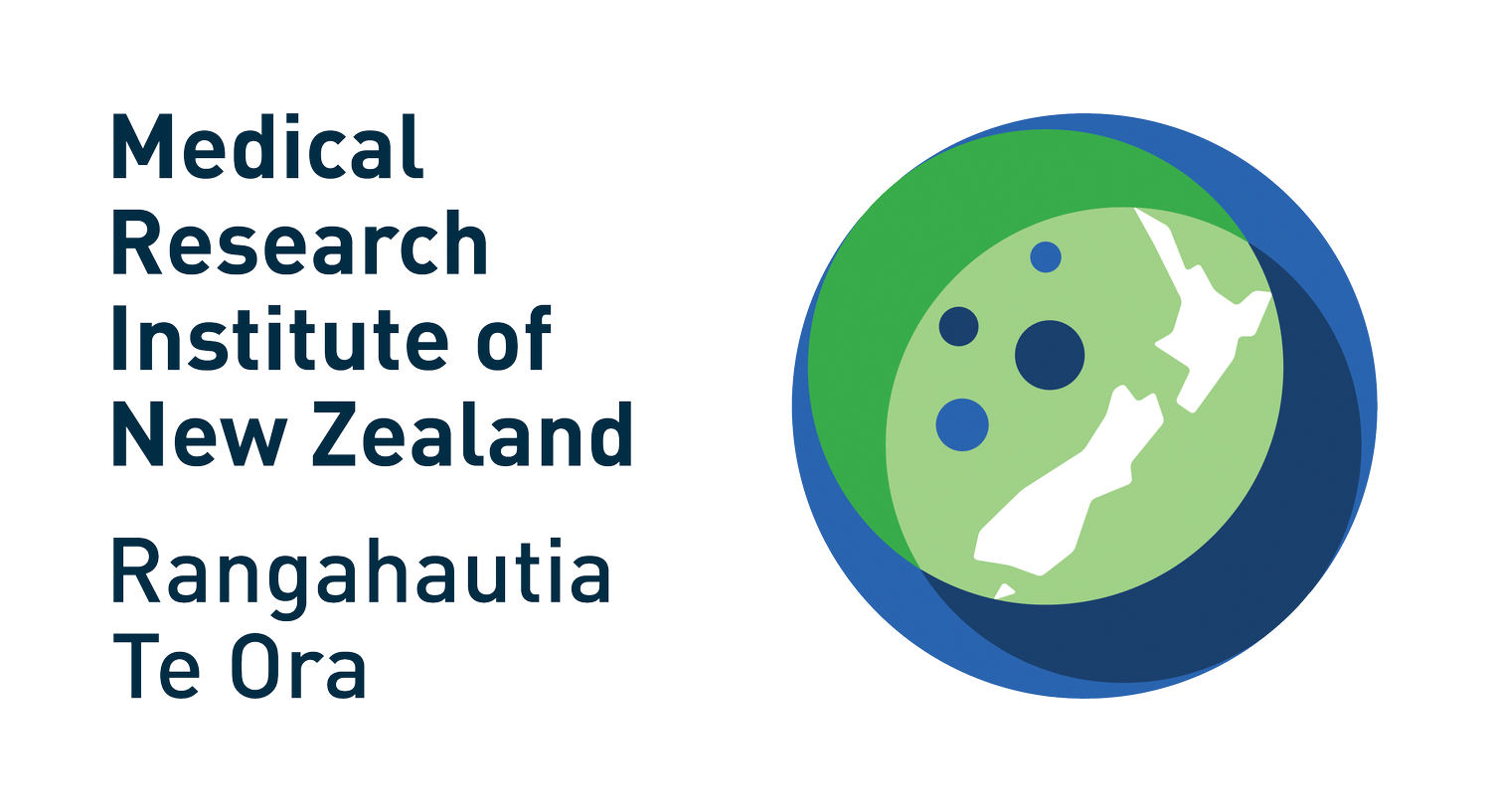New Zealand leads medical breakthrough in oxygen therapy.
In a longstanding programme of work at the MRINZ, clinical research sponsored by Fisher & Paykel Healthcare (FPH) has achieved a major breakthrough in oxygen therapy.
Oxygen is a common treatment for patients who are admitted to hospital when suddenly unwell. In current clinical practice, achieving a target for blood oxygen levels (oxygen saturation) is attempted through measurement with a pulse oximeter, a device clipped to a patient’s finger, and manual variation of the amount of oxygen administered. This practice can be inadequate, as even with close monitoring, patients may be above or below the target range for prolonged periods of time.
Landmark research by the MRINZ has shown that in seriously ill patients, automatically measuring oxygen saturation and adjusting oxygen delivery, known as titration, to achieve a pre-set oxygen saturation level results in more precise delivery. The study found that automatic titration resulted in 96% of the time being spent within the target saturation range, compared to 71% with manual titration.
FPH applied this research in the development of its new AirvoTM 3 device, which delivers oxygen through a nasal cannula. To overcome the problem of inadequate manual delivery, FPH have enhanced the Airvo 3, allowing oxygen to be automatically titrated in response to changes in oxygen saturation to ensure patients are given the correct amount.
Dr James Harper, lead researcher in the study, says:
“These findings are really important, as they show that use of this new device ensures that unwell patients spend almost all the time precisely within the optimum target saturation range, avoiding the risk of both too much and too little oxygen.
“As we know that maintaining oxygen saturations within prescribed target ranges leads to improved clinical outcomes, the use of this device is likely to help many patients who need oxygen in hospital.”
Earlier trial outcomes showing the risks of too much and too little oxygen were crucial in developing the ‘swimming between the flags’ oxygen delivery framework within international guidelines. This concept, promoted by respiratory specialist and MRINZ Director Professor Richard Beasley, simplifies how clinicians administer oxygen by giving patients as much or as little as needed to maintain a target oxygen saturation range, and is now used worldwide.
Professor Richard Beasley says:
“Fisher & Paykel Healthcare’s Airvo 3 is likely to result in a paradigm change in the way oxygen is delivered to critically ill patients here in Aotearoa New Zealand, and eventually, globally. With this new device, there is now the capability to titrate the amount of oxygen delivered via nasal high flow therapy, which may help to ensure that the patient can safely ‘swim between the flags’.”
A controlled release of the Airvo 3 is now underway in Aotearoa New Zealand, and it will be available in other markets as regulatory clearances are received. Quality medical care increasingly relies on innovative new technologies, and the MRINZ’s collaboration with FPH represents a valued partnership with the biomedical industry.
Andrew Somervell, Vice President – Products and Technology at FPH, says:
“Our teams worked closely with our customers and clinicians to design a device that meets healthcare providers’ evolving needs and delivers better patient outcomes. We value our longstanding relationship with MRINZ and are grateful for their support on the research and development of the Airvo.”

